15 Surprising Facts About Tesla’s Self-Driving Cars
Tesla’s self-driving cars have been around for a while. It’s important to remember that there are two types of autonomous or self-driving cars. The first one doesn’t require the intervention of the driver. The second is a semi-autonomous. It’s equipped with a self-driving system, so it requires driver intervention.
It’s predicted that, in 2050, autonomous cars will represent 100% of the vehicle fleet in the world. In some surveys, people are worried about the use of these cars. They also fear that their safety will be compromised because drivers are no longer in full control. Furthermore, the AI of this type of car can decide to sacrifice the life of the driver to save other people’s lives.
In this post, let’s discuss the many surprising facts about the self-driving cars of Tesla.
1. All Tesla Cars are equipped with full self-driving hardware
In 2016, the company stated that all Tesla vehicles being produced in their factory in Fremont, California, will have the full self-driving hardware. And it includes the Model 3. Each car has the hardware for total self-driving capacity at a safety level. Its level of security is greater than a human driver.
2. They have eight surround cameras
Apart from their full self-driving capacity, the cars are equipped with eight surround cameras. Each one provides 360-degree visibility around the car. Furthermore, they have ultrasonic sensors to complete the 360-degree vision. With that in mind, the car can detect hard and soft objects.
3. They are equipped with forward-facing radar
This radar has enhanced processing system that offers additional information about the world. With it, the cars can still see even through thick fog, dust, rain and the car ahead.
4. The onboard computer is 40 times more powerful
Compared with the past Tesla cars, the latest cars of the company with self-driving capacity have an onboard computer, which is 40 times stronger than the previous models. With such capacity, it offers a better view that a human driver can’t access. It enables you to see in every direction what goes beyond your senses.
5. They require that you keep your hands on the wheel
Even though Tesla cars have the capacity to be in self-driving mode, you still need to keep your hands on the wheel. It means that you can’t sit in the back to take a nap or chauffeur around. However, the future Tesla self-driving cars will give you a hands-free operation. The current models require keeping your hands on the wheel to exercise caution.
6. Tesla self-driving cars use real-time feedback
The 360-degree ultrasonic sonar can read lane lines and recognize other vehicles. It can steer itself while maintaining a safe speed. However, the said software doesn’t work everywhere you go. Rather, it’s designed for freeway driving. For it to work, you need to drive at least 18mph.
7. You’re still in full control
The human driver makes the decision. If something happens, the car can tell you to pay attention. Although it goes into an autopilot mode, you still perform other things, such as “taking off” and “landing.” If the system detects you’re falling asleep, it beeps at you until you take full control of the car.
8. There’s a backup procedure
After the system flashes a message to alert you and tells you to hold the wheel but you’re still not taking over, the vehicle slows down to a stop. Then, it turns the hazard lights on.
9. They’re equipped with self-parking feature
Are you expert in parallel parking? If not, you could be, at least with the help of the Tesla’s self-parking feature. In here, the car “parallel” parks for you.
10. You can ask the car to break the speed limit
The autopilot function lets you run within the speed limit. However, it has an advanced feature that allows self-driving cars to break the speed limit. Then again, the vehicles are capped at certain miles per hour faster than the speed limit.
11. They come with lane assist
In here, the cars will drive in the correct lane. It’s especially beneficial when you’re in motorways. Plus, they have adaptive cruise control. It means that the car can match the speeds with the cars in front.
12. Autopilot mode will be available in 2018
Recently, the company released a video, months ago, showing a person riding a Tesla and it’s in an autopilot mode. That means the car is in complete control. A few months ago, the company previously started adding autonomous hardware to its fleet. It’ll roll out software updates after going through more testing. However, Tesla’s CEO, Elon Musk assured Tesla owners that their cars would have a full autonomous capacity by 2018.
13. They can make you a better driver
The cars utilize external cameras and radar. They can tell what’s around you. They also come with internal cameras to make you aware of where you’re looking. Although Tesla’s co-pilot system can drive the car itself, it uses data to assist humans in learning how to drive better when they’re in control of the wheel.
14. They’re safer than humans
In May last year, the first death resulted in the failure of driverless-car technology was recorded. The deceased was driving a Tesla Model S with auto-pilot activated on a highway. Despite that report, driverless cars’ track record has still proven that a computer-driven car is safer on the road than a human-driven car.
15. They can help the government save billions of dollars a year
The government earns from speeding tickets, towing fees and other driver-related laws. Surely, if all people drive Tesla’s self-driving cars, those sources of revenue could be eliminated. However, the said technology could save taxpayers billions of dollars a year. How? The cars could help in reducing inefficiencies in the transportation system. It means that the cars could assist in eliminating congestion, deaths and road damage.
Tags: automobile, technology, tesla



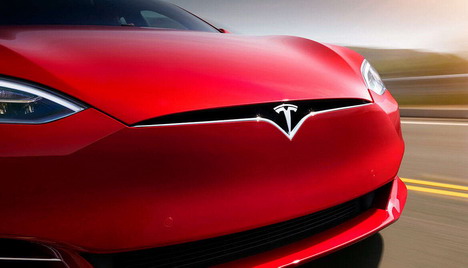
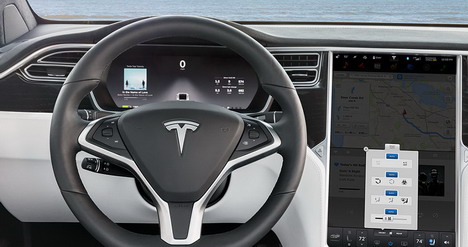
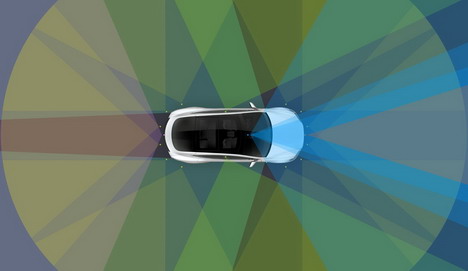


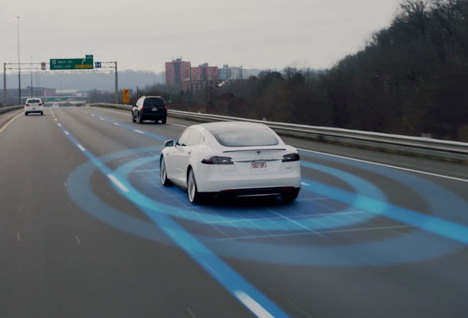
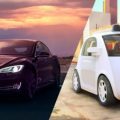
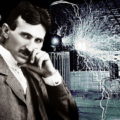
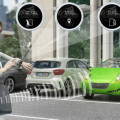




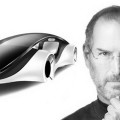









































This article is rife with inaccuracies. For the love of [insert your deity here] get your facts straight!
> “two types of autonomous or self-driving cars”
Actually, there are 5 levels of autonomy classification: https://en.wikipedia.org/wiki/Autonomous_car#Classification
> “the AI of this type of car can decide to sacrifice the life of the driver to save other people’s lives”
The AI doesn’t make those decisions, at all.
> “1. All Tesla Cars are equipped with full self-driving hardware”
All Tesla Cars produced *since oct 2016* are equipped with full self-driving *capable* hardware
> “Its level of security is greater than a human driver.”
Currently: not even close. In the future: hopefully.
> “which is 40 times stronger than the previous models”
Stronger? More processing capacity, ‘faster’ maybe. Stronger?
> “It enables you to see in every direction what goes beyond your senses.”
It does no such things. It is aware of it’s surroundings much better than a driver *can* be. That doesn’t enable you to see in every direction. Also, it implies the 8 camera’s can be viewed. They can’t. Only the rear-facing camera can be viewed on demand. There *are* rumors and maybe even plans to enable more camera’s views to be viewed but currently not.
> “5. They require that you keep your hands on the wheel”
While this sentence is, technically, correct, you *can* drive without your hands on the weel for short periods. However, it will ask you to put your hands on the wheel and, technically, you’re required to at all times.
> “After the system flashes a message to alert you and tells you to hold the wheel but you’re still not taking over, the vehicle slows down to a stop.”
It flashes, then flashes more ‘urgently’, then beeps and finally beeps more urgently and *then* slows down to a stop and turns hazards on.
> “Autopilot mode will be available in 2018”
Autopilot mode is available and has been for a long time. It’s FSD (Full Self Driving) that should be “ready” by 2018 according to Musk. Wether Tesla will make that ‘deadline’ is still highly debatable. When it will roll out to the public is another question; it could be 2019 or later.
> “Recently, the company released a video, months ago,”
Recently? Or months ago? Which is it?
> “Elon Musk assured Tesla owners that their cars would have a full autonomous capacity by 2018.”
Do you have a source for this claim? All Musk said, to my knowledge, is that FSD will, probably, be ‘ready’ by 2018.
> “They also come with internal cameras to make you aware of where you’re looking.”
There are no internal camera’s looking at where you’re looking. All 8 camera’s are facing out.
> “Although Tesla’s co-pilot system can drive the car itself, it uses data to assist humans in learning how to drive better when they’re in control of the wheel.”
This needs nuance: when a driver intervenes Autopilot for whatever reason there’s the possibility the car *can* upload data regarding the event to Tesla where the numbers can be crunched and possibly integrated in the ‘fleet knowledge’ that will then, eventually, come downstream to the cars via updates.